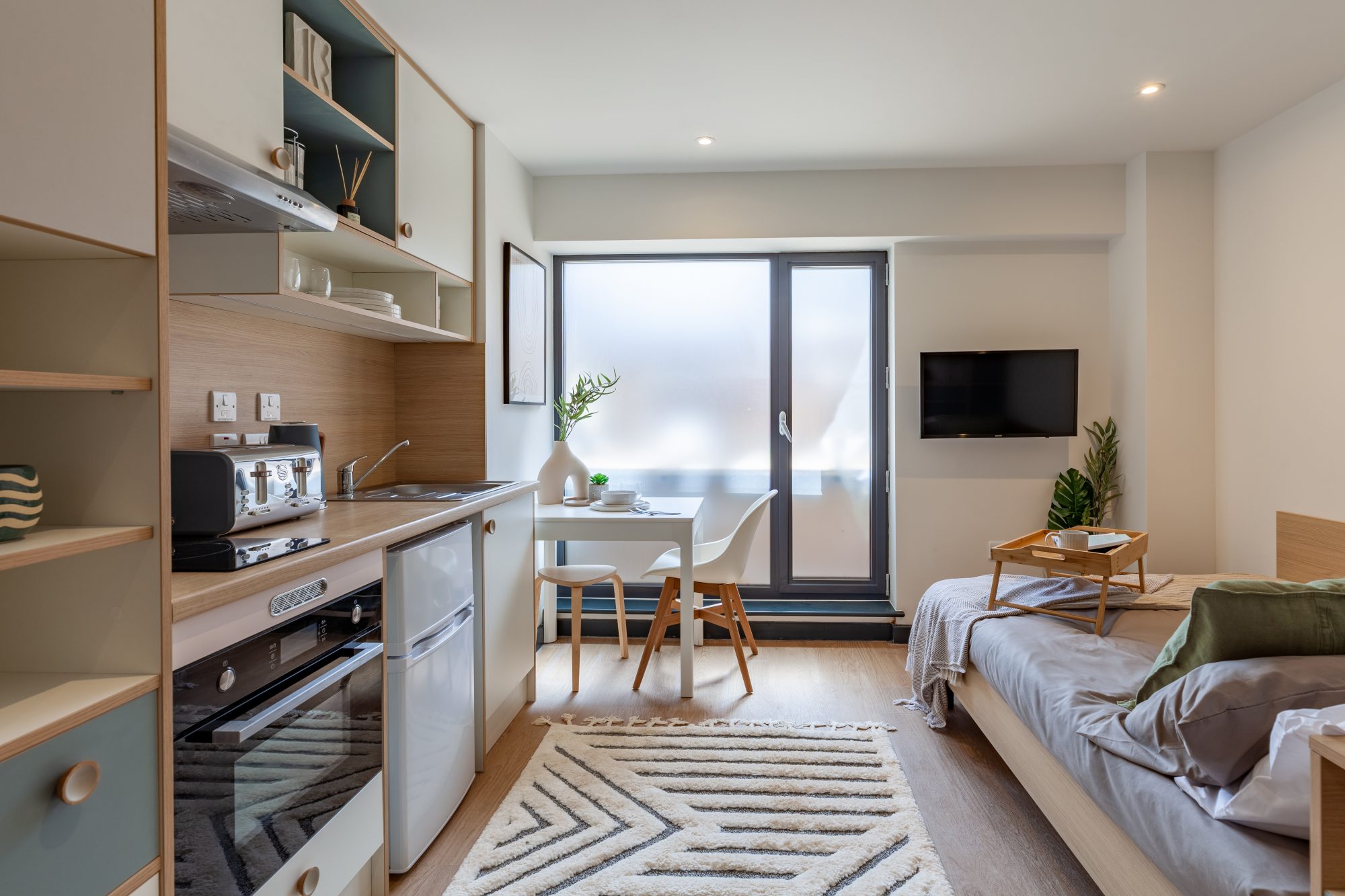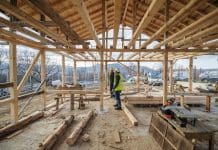A new report from the British Property Federation urgently calls for detailed guidance on Co-Living to be included in the forthcoming revised National Planning Policy Framework
The government has consistently fallen short of hitting its manifesto commitment to deliver 300,000 new homes per year in England, with the closest being 242,700 delivered in 2019-20.
Our Co-Living report, launched on 11 October, highlights a shortfall of 11,716 rooms for people looking to rent in London alone.
Co-Living has a key part to play in addressing the housing shortage
In order to meet the housing demand of a growing population, a wide range of housing solutions are needed. Co-Living has a key part to play in addressing these shortages, and answering the broader need for purpose Build-to-Rent accommodation across the country.
Co-Living is housing that offers large, high-quality amenity space. As set out in our report, a typical Co-Living development contains high-quality individual housing units containing a bathroom and kitchenette, as well as communal facilities such as shared kitchens, gyms, working spaces and areas for residents to relax.
Importantly, Co-Living is exactly the kind of rental housing that people want to live in. A Watkin Jones survey featured in our report notes that affordability, quality of apartment, convenience and community are the most important factors that people look for in a rental accommodation – all of which are fundamental to Co-Living.
Examples of Co-Living developments across the UK
Take a look at Fresh’s The Gorge development, which just opened in Exeter. The development provides high-quality homes to staff at the local NHS trust, and other key workers in the area.
It’s nestled conveniently near the city centre, and management have organised a number of community activities including social clubs to allow residents to set down roots and forge lasting relationships in an area otherwise new to them.

Similarly, Folk at The Palm House – a Halcyon Development Partners Co-Living scheme – has established a relationship with a local charity to offer shared co-working space and meeting facilities for free. These initiatives can be found throughout the Co-Living sector and are testament to the social awareness of Co-Living providers.
There are, however, a number of challenges that must be dealt with to allow this housing model to continue to grow and thrive. Planning policy is fragmented and inconsistent – many local authorities don’t have a policy on Co-Living, while those that do have made them too prescriptive.
BPF has called on the government to update the NPPF with guidance on Co-Living
To combat this, the BPF has called on the government to update the NPPF with guidance on Co-Living, as it has for Build-to-Rent.
Local authorities should also be required to have a policy on Co-Living, which would allow it to flourish in those areas it is not yet able to.
We are seeing increasing scrutiny being placed on the state of the country’s housing market, with Labour committing to delivering 1.5m homes over five years, and the housing minister reaffirming the Conservative Party’s commitment to increasing housing delivery at their respective party conferences.
However, whichever party takes control at the next election must commit to the concrete delivery of high-quality, affordable homes that people actually want to live in. There is no “one size fits all” approach to the housing market. People want choice, and this should include new innovations such as Co-Living and build to rent alongside traditional build to sell and social housing. It’s time that our national housing policy reflects this.
Mark Corea
Policy officer
British Property Federation
Tel: +44 (0)20 7802 0110

















